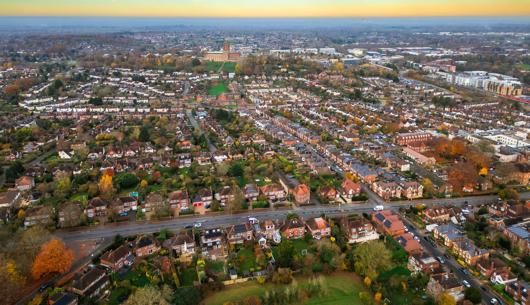With the official launch of the Subsidy Control Act 2022 (Act), the Government also launched the first three streamlined routes to be made under S10(4) of the Act (referred to as Streamlined Subsidy Schemes in the Act itself).
These streamlined routes cover the following areas:
- Research, development and innovation
- Energy usage
- Local growth
Each of the streamlined routes came into force on the 5 January 2023 which means they can now be used as a legal justification for the award of subsidies.
What are Streamlined Routes and why may they be beneficial to public authorities looking to award subsidies?
A Streamlined Route can only be made by a Minister of the Crown, The relevant Minister will conduct an assessment of the proposed scheme against the subsidy control principles outlined in Schedule 1 of the Act (the Subsidy Principles) to demonstrate compliance at a route level with the Subsidy Principles. This then means that a public authority does not have to conduct its own assessment of a subsidy against the Subsidy Principles before it awards that subsidy, provided it ensures that the subsidy being given complies with the requirements of the relevant Streamlined Route. As long as a public authority ensures that the subsidy it is awarding complies with the terms of the relevant Streamlined Route, then that subsidy cannot be challenged in the Competition and Appeals Tribunal on subsidy control grounds. Subsidies given under a Streamlined Route also do not have to be referred to the Competition and Market Authority’s newly established Subsidy Advice Unit for assessment.
In other words, and despite the Government rhetoric, there are parallels between Streamlined Routes and the General Block Exemption Regulation which existed under the previous EU State aid Rules.
As each Streamlined Route is quite detailed the Government has published related guidance for each Streamlined Route.
General points across the Streamlined Routes
There are some general principles which pervade all of the published Streamlined Routes which public authorities should be aware of. These are set out below. You will need to ensure that your authority complies with all the general requirements.
- The format of the Streamlined Routes are broadly similar. There are general requirements set out at in the main body with the schedule then outlining each “category” of subsidy that can be awarded under the Streamlined Route in more detail. Each category is then split out to cover the following points:
- what enterprises can receive a subsidy under that category;
- what sorts of projects can be funded;
- what eligible costs can be funded;
- any specific further conditions which need to be satisfied;
- the maximum award amount that can be given under the category; and
- the subsidy ratios which are applicable. Broadly, these set out that only a certain percentage of the eligible costs of the project may be funded by the subsidy (in effect operating similar to the old aid intensities in GBER).
- Subsidies must be awarded using objective and transparent selection criteria available in advance to potential recipients. It will be interesting to see how this applies in the context of one-off ad-hoc subsidies rather than schemes with multiple applicants.
- Streamlined Route subsidies are still restricted by the rules on prohibited subsidies and transparency requirements set out elsewhere in the Act.
- Cumulation rules apply to all Streamlined Routes. These are complex but may require subsidies granted outside the Streamlined Routes to count towards the relevant thresholds, and vice versa. This makes it critical to understand what other funding has been, or will be received by, the recipient when awarding any subsidy.
Research, Development and Innovation Streamlined Route (RDI Route)
The RDI Route provides for the giving of subsidies by public authorities under three broad categories:
- subsidies for feasibility studies;
- subsidies for industrial research and experimental development projects; and
- subsidies for SME enterprise research development and innovation support
Energy Usage Streamlined Route
The Energy Usage Route provides for the giving of subsidies by public authorities under three broad categories:
- subsidies for energy demand reduction;
- subsidies for green heat networks; and
- subsidies for related skills training.
Local Growth Streamlined Route
The Local Growth Route provides for the giving of subsidies by public authorities under three broad categories:
- subsidies for SME business development projects;
- subsidies for employment of workers with disabilities; and
- subsidies for employment of disadvantaged workers
Browne Jacobson’s subsidy control experts are supporting several authorities considering the application of the Streamlined Routes, and so if you have any related questions, please feel free to contact us.
Contact

Karl Edwards
Senior Associate
karl.edwards@brownejacobson.com
+44 (0)3300452997









































